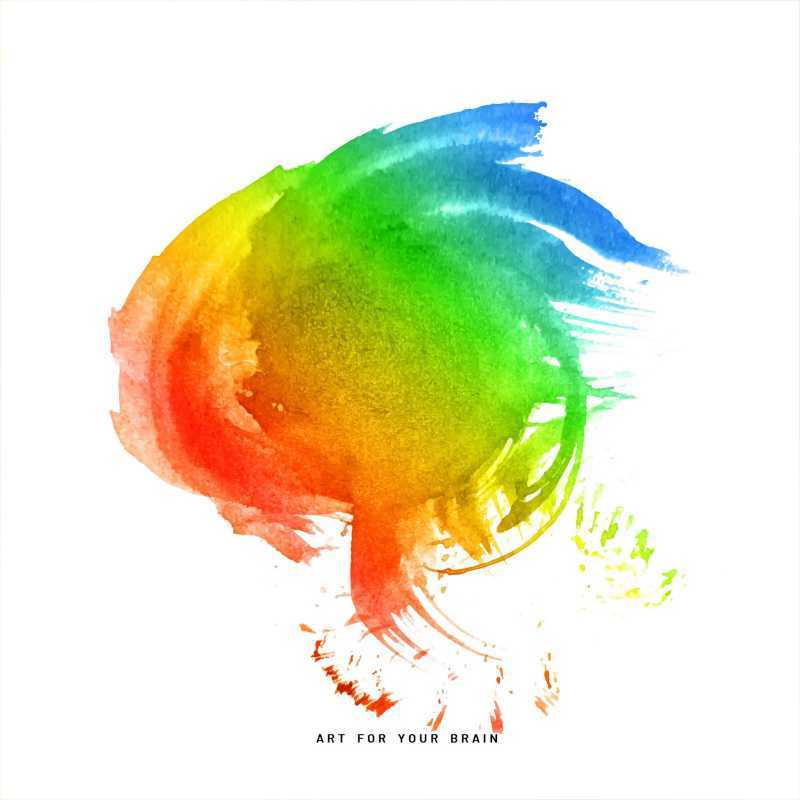What Art Does For Your Brain

For tens of thousands of years, art has been a source of inspiration for people. Artwork is capable of transporting us to exotic locations or the distant past. It can evoke strong feelings and insightful thoughts or just awe us with its aesthetic splendor. While everyone's response to art may differ, there is no denying that it has an effect on all of us.
This effect is brought about by the profound psychological impact that art can have. The brain is significantly stimulated by viewing, analyzing, and making art. If you're interested in continuous progress through a lifetime of learning, art, with its cultural and intellectual benefits, can be a powerful tool on your path to personal fulfillment.
Decades of research have produced more than enough evidence to show that the practice of art results in a wide range of positive outcomes, including social and emotional development, improved academic achievement, and much more. According to research, the arts foster brain networks that heighten a variety of abilities, from enhanced creativity and emotional balance to fine motor skills. Simply put, the arts are essential for both our individual and societal well-being.
What happens in your brain when you look at art?
A painting might be vague and distorted at first glance. However, our brain can still instantly identify paint on a canvas that has been carefully drawn with shades and lines as a representation of a human being. In fact, practically everything we see triggers our brains to look for faces. It turns out that the brain is incredibly good at identifying patterns, and abstract forms, and completes missing data using familiar and meaningful tropes.
Your brain attempts to make sense of the visual information it receives every time you view a piece of art. Looking at art stimulates the brain and uses our intrinsic ability to arrange patterns and make sense of things, whether it be in the form of incredibly lifelike portraits or abstract collections of rectangles.
In addition to enhancing the brain's ability to interpret what it sees, viewing beautiful art causes the brain to undergo changes. In fact, gazing at a beautiful painting, sculpture, or other piece of art can boost brain blood flow by as much as 10%- similar to gazing at a loved one.
The connection between creating art and brain activity
Making art stimulates the brain in different ways than simply observing it. According to studies, creating visual art leads to more functional connections in the brain as well as a more active visual cortex. Researchers have found a connection between making art and brain exercise, and they even posit that like physical exercise benefits the body, making art can keep the mind clear and sharp far into old age.
In addition, creating art can genuinely assist you in overcoming challenging and demanding circumstances that you encounter on a daily basis. To create art, you don't have to be a master craftsman. Instead, you can just start doodling away for the sake of relaxing and having fun.
Are artists healthier?
Research shows that, compared to the general population, artists experience less loneliness and sadness. Numerous studies have stated that mature artists are highly functional members of society and are more likely to do volunteer work than the general population. Studies have also demonstrated the overall advantages of creative collaboration and the production of art for the elderly in fighting diseases like Alzheimer's by keeping the mind engaged.
What else can art help with?
Low stress
Although there is still much to learn about the subject, many people are discovering art therapy as a means to relieve stress. No matter your degree of competence, making art can lower cortisol levels. Therefore, everyone can gain from creating art.
Focus
People who are involved in making art can enter “the zone”; a state in which they lose track of time and immerse themselves. Making art can help you become more mindful because it engages several neural networks, including those associated with pleasure, a relaxed state of reflection, and focused attention.
Healthy processing of emotion
Anyone who engages with art can reduce anxiety and develop better-coping mechanisms, and for those who are experiencing severe discomfort, a trained art therapist can help overcome their stress. Art lets you express emotions and memories in a way words do not. Making art is a cathartic process that releases tension.
Beauty may be in the eye of the beholder, but rigorous science shows how art and intelligence interact. Practicing art is a fantastic way to exercise your brain while enhancing the quality of your life. When you're prepared to start your "exercise," do some research on famous artists and their works for inspiration.
